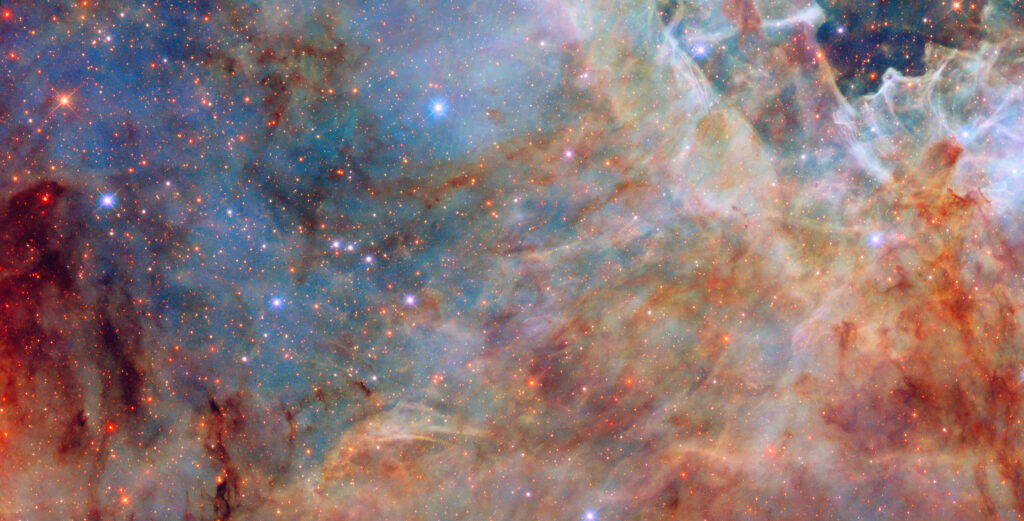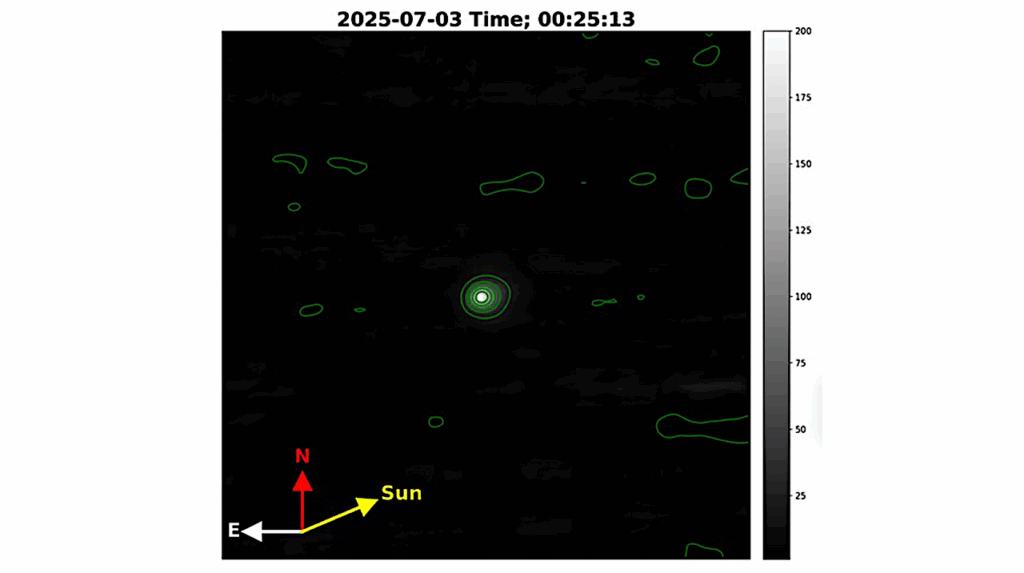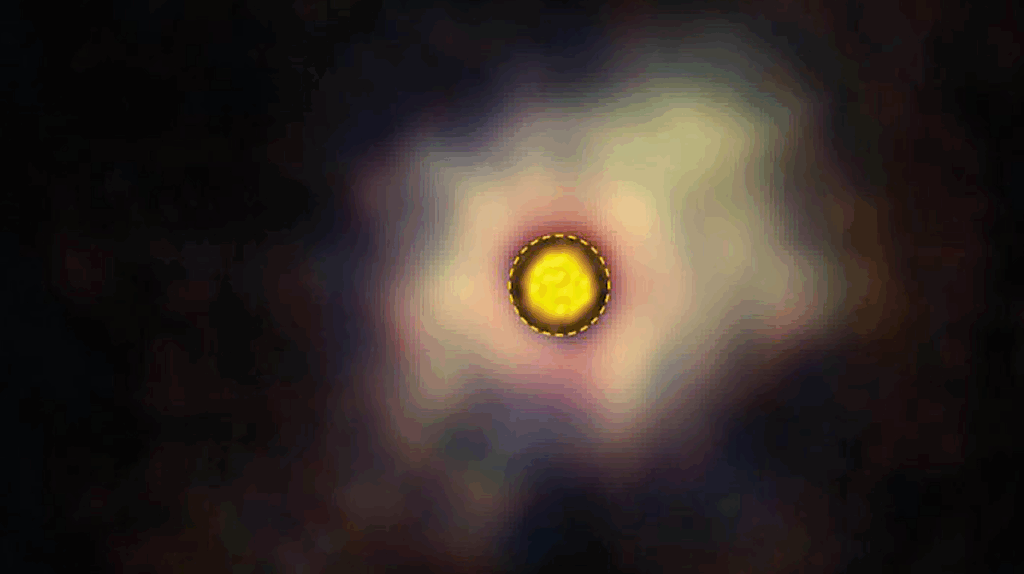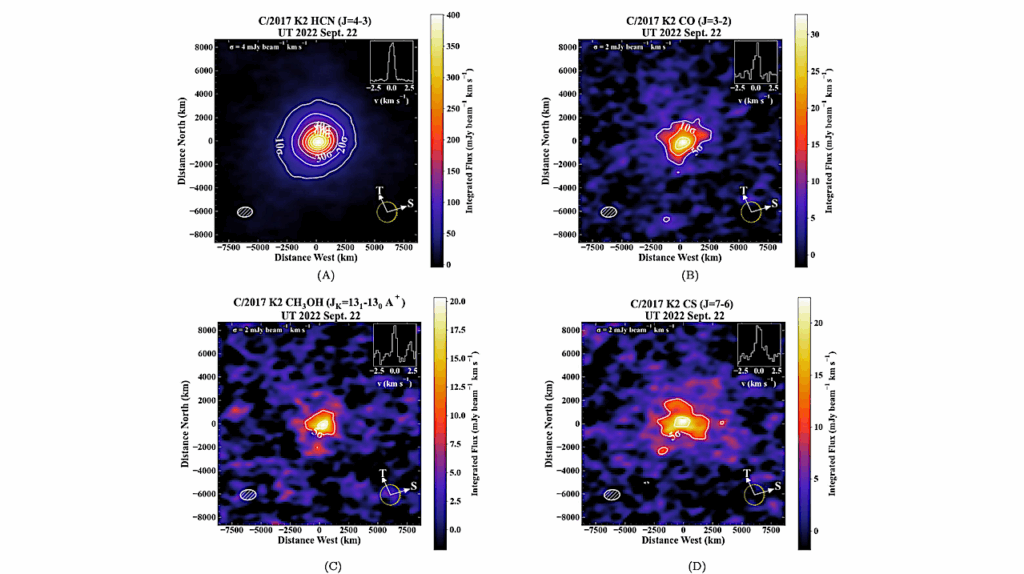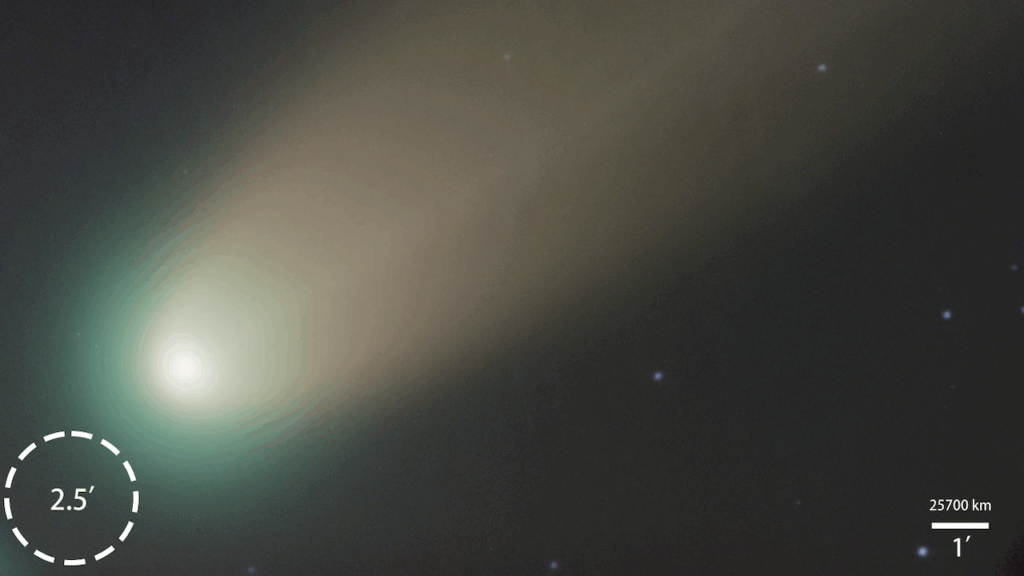Volume Density Maps Of The 862nm DIB Carrier And Interstellar Dust: A Hint For The Role Of Carbon-rich Ejecta From AGB stars?

The carbonaceous macromolecules imprinting in astronomical spectra the numerous absorptions called Diffuse Interstellar Bands (DIBs) are omnipresent in the Galaxy and beyond and represent a considerable reservoir of organic matter.
However, their chemical formulae, formation and destruction sites remain open questions. Their spatial distribution and the local relation to other interstellar species is paramount to unravel their role in the lifecycle of organic matter. Volume density maps bring local instead of line-of-sight distributed information, and allow for new diagnostics.
We present the first large-scale volume (3D) density map of a DIB carrier and compare it with an equivalent map of interstellar dust. The DIB carrier map is obtained through hierarchical inversion of about 202,000 measurements of the 8621 nm DIB obtained with the Gaia-RVS instrument. It covers about 4000 pc around the Sun in the Galactic plane.
A dedicated interstellar dust map is built based on extinction towards the same target stars. At the 50 pc resolution of the maps, the 3D DIB distribution is found remarkably similar in shape to the 3D distribution of dust. On the other hand, the DIB-to-dust local density ratio increases in low-dust areas. It is also increasing away from the disk, however, the minimum ratio is found to be shifted above the Plane to Z = +50pc. Finally, the average ratio is also surprisingly found to increase away from the Galactic Center.
We suggest that the three latter trends may be indications of a dominant contribution of material from the carbon-rich category of dying giant stars to the formation of the carriers. Our suggestion is based on recent catalogues of AGB stars and estimates of their mass fluxes of C-rich and O-rich ejecta.
N.L.J. Cox, J.L. Vergely, R. Lallement
Comments: 12 pages, 11 figures, accepted for publication in Astronomy and Astrophysics
Subjects: Astrophysics of Galaxies (astro-ph.GA)
Cite as: arXiv:2406.00807 [astro-ph.GA] (or arXiv:2406.00807v1 [astro-ph.GA] for this version)
Submission history
From: Rosine Lallement
[v1] Sun, 2 Jun 2024 17:12:44 UTC (30,076 KB)
https://arxiv.org/abs/2406.00807
Astrobiology, Astrochemistry,



